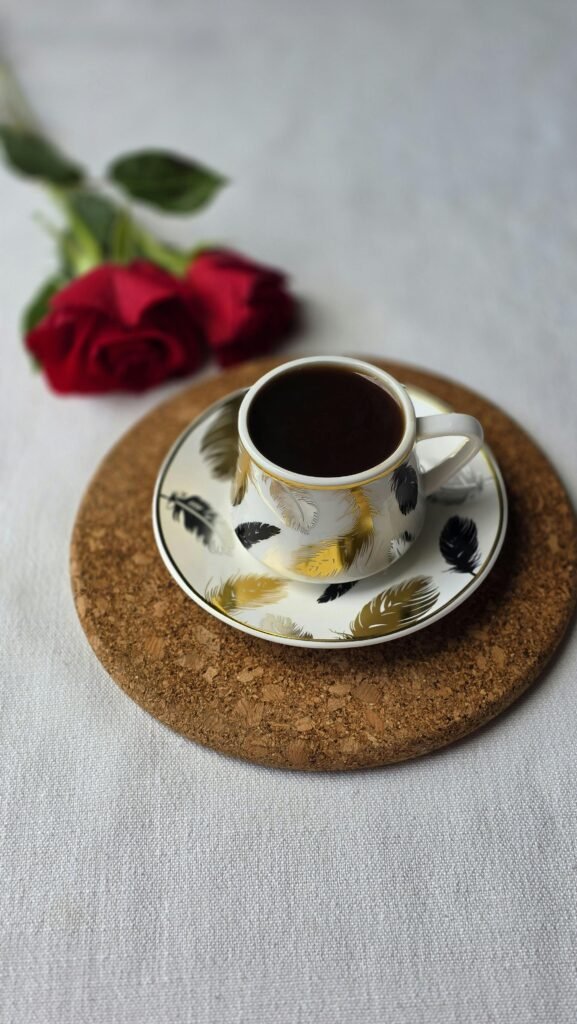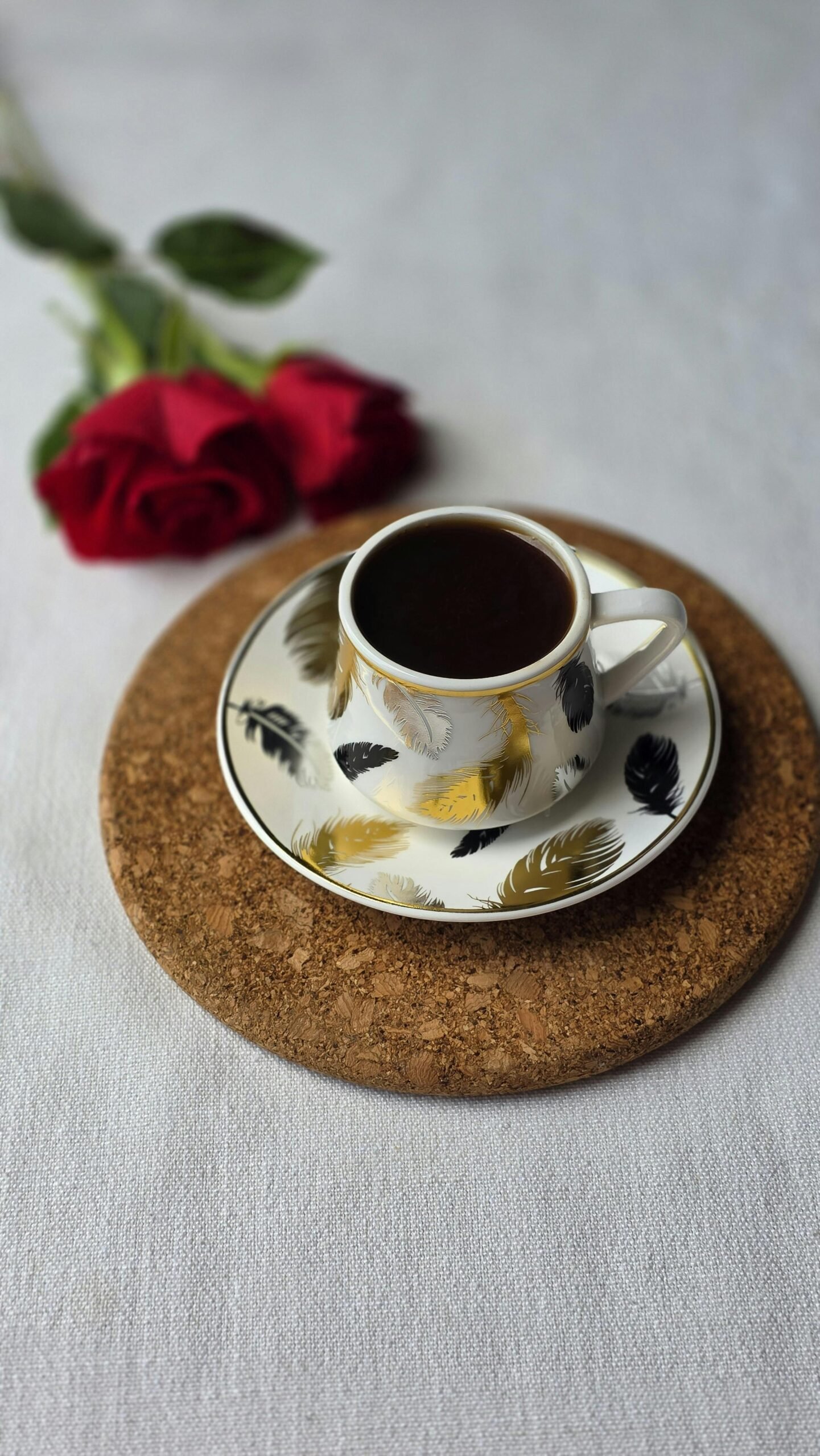Looking for farmhouse style home decor ideas that won’t break your budget?
What Are Farmhouse Style Home Decor Ideas On A Budget?
You can create a warm, lived-in farmhouse look in your home without spending a fortune. This article walks you through the core principles, room-by-room ideas, budget breakdowns, and hands-on DIY projects so you can craft the farmhouse aesthetic using smart shopping and simple updates.
Why Farmhouse Style Works on a Budget
Farmhouse style celebrates simplicity, natural materials, and practical pieces—qualities that pair well with thrifting, repurposing, and DIY. You’ll rely more on texture and contrast than on costly brand-name furnishings, so your money goes further when you focus on foundational elements like paint, textiles, and key accents.
Core Principles of Farmhouse Style
Understanding the core principles helps you prioritize what to buy and what to DIY. Keep your choices practical, comfortable, and a little imperfect.
Simplicity and Function
You want rooms that feel open, airy, and useful. Choose pieces that serve a purpose and avoid overly ornate items.
Natural Materials and Texture
Wood, metal, stone, and linen create the tactile contrast that defines farmhouse style. Focus on materials you can source affordably or refinish yourself.
Neutral Palette with Warm Accents
A base of white, cream, and soft gray sets a calm background for weathered wood and black or warm metal accents. Pops of muted blues or greens add color without overpowering.
Vintage and Repurposed Pieces
Older furniture and found objects give farmhouse spaces character. You can achieve authenticity by repairing, painting, or distressing thrifted finds.

Farmhouse Color Palette and Paint Tips
Paint changes everything and is one of the most budget-effective ways to get the farmhouse look. Choose colors that create a bright backdrop and highlight textures.
Recommended Colors and Uses
You’ll mostly work with whites, off-whites, warm grays, and soft beiges. Use darker neutrals, black, or muted blues as accent colors for trim, doors, or cabinetry.
| Area of Use | Recommended Colors | Purpose |
|---|---|---|
| Walls | Pure white, off-white, warm gray | Brighten space; create backdrop for wood and textiles |
| Trim/Doors | Soft black, charcoal, trim white | Add contrast and definition |
| Kitchen Cabinets | Muted green/blue, warm gray, white | Subtle color that pairs with wood countertops |
| Accent Walls | Weathered wood stain, deep gray, navy | Create focal points in dining or entry |
Paint Finish Tips
Eggshell or matte finishes work well on walls to hide imperfections; semi-gloss works for trim that needs cleaning. If you want a rustic look, slightly distressed trim or furniture finishes add authenticity.
Materials and Textures to Prioritize
Choosing the right textures creates visual interest without relying on expensive décor. You don’t need to buy everything new—mix inexpensive natural fabrics with vintage wood and metal.
Wood
Reclaimed or distressed wood is classic farmhouse. Look for pallet wood, secondhand tables, or inexpensive wood furniture you can sand and refinish.
Metal
Black iron or aged brass works for lighting, hardware, and decor. Matte black is a modern farmhouse favorite that remains budget-friendly.
Fabrics
Linen, cotton, and burlap bring softness. Use slipcovers, grain sack-style cushions, and simple curtains to add texture affordably.
Ceramic and Glass
Mason jars, simple pitchers, and white ceramic dishes offer functional decor that’s inexpensive and versatile.
Furniture: What to Buy, What to DIY
Furniture is your biggest budget decision. Focus on a few quality or reworked statement pieces and save on the rest.
Living Room Furniture
Invest in a comfortable sofa that fits your lifestyle—neutral slipcovers let you change up the look without replacing the sofa. For tables, repurpose a thrifted trunk or pallet wood coffee table for instant farmhouse charm.
Dining Table and Chairs
A solid wood table is classic. If new ones are pricey, find a secondhand table and sand/paint it. Mix and match chairs for interest; painted chairs with seat cushions are budget-friendly.
Bedroom Furniture
You can create rustic elegance with a simple bed frame, painted dresser, and open shelving. Consider a DIY headboard using reclaimed wood planks for a large impact at low cost.
Storage Solutions
Open shelving and woven baskets look authentic and are affordable. Use crates, galvanized bins, or ceramic crocks for functional storage that’s also decorative.

Key Decorative Accents
Small details define the farmhouse aesthetic and are often the cheapest to change. Focus on textiles, lighting, and small accessories.
Textiles: Pillows, Throws, and Rugs
Layer pillows in neutral tones, stripes, and checks. Throws in knitted or woven textures add warmth. Choose low-pile rugs in natural fibers or simple patterns for high-traffic areas.
Lighting
Metal pendant lights, lanterns, and simple table lamps with natural fiber shades match farmhouse style. Refurbish thrifted fixtures with a new coat of spray paint for a custom look.
Wall Decor
Frames, vintage signs, wooden trays, and open shelving create depth. Use family photos in simple frames and large statement clocks for focal points.
Practical Décor
Mason jars, wire baskets, and wooden crates are decorative but functional. Use them for plants, storage, or display.
Room-by-Room Farmhouse Ideas on a Budget
Breaking your strategy down by room helps you allocate budget and effort where it matters most.
Living Room
The living room is where comfort meets style. You want layered textiles, a relaxed sofa, and a mix of old and new pieces to feel inviting.
- Paint walls a soft white or warm gray.
- Use slipcovers so you can update color and pattern affordably.
- Make a DIY coffee table from reclaimed wood or pallets.
- Add open shelving to display ceramics and baskets.
Kitchen
Kitchens often look farmhouse with paint and hardware changes, not full remodels.
- Paint cabinets or just the lower cabinets for contrast.
- Replace cabinet hardware with black or oil-rubbed bronze pulls.
- Install open shelving with brackets to display dishes and jars.
- Use mason jars and enamelware instead of expensive accessories.
Dining Room
A farmhouse dining area favors an oversized table, simple chairs, and functional decor.
- Repurpose or refinish a secondhand table.
- Add a bench on one side to save on chairs and create a casual look.
- Hang a metal pendant or chandelier—consider a thrifted fixture cleaned and rewired.
Bedroom
Calm, layered, and comfortable is the goal in the bedroom.
- Go with neutral bedding and textured pillows.
- Use a DIY reclaimed wood headboard or simple painted plywood for impact.
- Add bedside lighting with inexpensive lamps or wall-mounted fixtures.
Bathroom
Small changes go a long way in a bathroom.
- Replace faucet hardware and towel bars with matte black or brass.
- Add open shelving or a ladder shelf for towels and storage.
- Use vintage jars for cotton swabs and storage.
Entryway and Mudroom
This area should be functional but welcoming.
- Install wall hooks and a bench with storage underneath.
- Use woven baskets for shoes and accessories.
- Add a rug that’s durable and textured.
Outdoor and Porch
Porch and patio are extensions of farmhouse charm.
- Use galvanized planters and wooden benches.
- Paint porch furniture or refinish existing pieces.
- String simple weatherproof lighting for ambiance.
Thrifting, Upcycling, and Where to Shop
Your best savings come from secondhand and repurposed finds. You can often find great pieces with minimal repair.
Where to Look
- Thrift stores and charity shops
- Estate sales and garage sales
- Online marketplaces (Facebook Marketplace, Craigslist)
- Flea markets and salvage yards
What to Buy Secondhand
- Solid wood tables and chairs
- Wooden dressers and cabinets
- Light fixtures that can be rewired
- Picture frames and mirrors
- Small decor like baskets, pitchers, and jars
Tips for Upcycling
- Sand and repaint furniture for a refreshed look.
- Replace knobs and pulls on dressers and cabinets to modernize.
- Reupholster seat cushions with inexpensive fabric or slipcovers.

DIY Projects That Deliver Big Impact
DIY is the fastest route to a farmhouse look on a tight budget. Focus on high-visibility projects that don’t require specialized tools.
Simple DIY Headboard
- Materials: plywood, reclaimed wood planks, screws, sandpaper, stain or paint
- Time: 2–4 hours
- Cost: $20–$100 depending on wood source
You can create a vertical or horizontal plank headboard and attach it to the wall or bed frame for instant rustic charm.
Refinished Dresser
- Materials: sandpaper, primer, chalk paint, new hardware
- Time: 4–8 hours
- Cost: $30–$150
Strip or sand an old dresser, prime, paint with chalk paint, distress lightly, and add new knobs for a custom piece.
Open Shelving
- Materials: wood boards, brackets, screws, paint or stain
- Time: 2–6 hours
- Cost: $20–$80
Install above kitchen counters or in living areas to display dishes, jars, and baskets—this creates the farmhouse look while increasing storage.
Mason Jar Chandelier
- Materials: mason jars, wood plank, wiring kit, bulbs, hooks
- Time: 3–6 hours
- Cost: $40–$120
Group mason jars on a reclaimed plank with a wired fixture for a rustic, budget-friendly light.
DIY Projects Table
| Project | Materials | Time | Estimated Cost | Difficulty |
|---|---|---|---|---|
| Plank Headboard | Plywood/reclaimed wood, screws, stain/paint | 2–4 hrs | $20–$100 | Easy |
| Refinished Dresser | Sandpaper, paint, hardware | 4–8 hrs | $30–$150 | Medium |
| Open Shelving | Wood boards, brackets | 2–6 hrs | $20–$80 | Easy |
| Mason Jar Light | Mason jars, wiring, plank | 3–6 hrs | $40–$120 | Medium |
| Distressed Coffee Table | Pallet wood, screws, sealant | 2–5 hrs | $10–$60 | Easy |
Budget Breakdown and Shopping Plan
Having a clear budget per room helps you prioritize. Below is a sample budget plan with conservative, moderate, and flexible ranges.
Sample Budget Table by Room
| Room | Conservative ($) | Moderate ($) | Flexible ($) |
|---|---|---|---|
| Living Room | 200–600 | 600–1,500 | 1,500–3,000 |
| Kitchen (cosmetic) | 150–500 | 500–2,000 | 2,000–6,000 |
| Dining Room | 100–400 | 400–1,200 | 1,200–3,000 |
| Bedroom | 150–600 | 600–1,500 | 1,500–3,000 |
| Bathroom (cosmetic) | 50–300 | 300–1,000 | 1,000–3,000 |
| Entry/Outdoor | 100–400 | 400–1,200 | 1,200–3,000 |
How to Allocate Funds
- Paint & Lighting: Prioritize—paint refreshes walls and lighting sets mood.
- Big Pieces: Allocate enough for a functional and durable sofa or dining table.
- Accessories & Textiles: Use thrift finds and sales; these pieces complete the look.
- DIY Materials: Keep a small fund for tools, sandpaper, paint, and hardware.
Timeline and Project Planning
Create a phased approach so you can spread costs and work over time.
- Month 1: Paint main living areas and update lighting.
- Month 2: Refinish or buy key furniture pieces (sofa, dining table).
- Month 3: Add textiles, rugs, and smaller decor.
- Month 4: Tackle bedroom and bathroom cosmetic updates.
- Ongoing: Hunt for thrifted treasures and finish DIY projects.
Common Mistakes and How to Avoid Them
Avoiding a few pitfalls will keep your farmhouse look cohesive.
Overbuying Themed Items
Too many novelty farmhouse signs or kitschy items can feel inauthentic. Choose a few meaningful pieces and mix them with simple, functional objects.
Ignoring Scale
Make sure furniture fits the room. Oversized items can overwhelm; too-small furniture looks disconnected. Measure before shopping.
Forgetting Functionality
Farmhouse style emphasizes function. Don’t sacrifice storage or comfort for looks—opt for decorative storage that works.
Overcomplicating DIY
Start with small projects before committing to large-scale builds. Test paint colors and techniques on scrap wood first.
Maintenance and Longevity
To keep your farmhouse style looking fresh without constant replacement:
- Use slipcovers on sofas for easy cleaning.
- Seal wood surfaces to protect from stains and wear.
- Re-wax or oil raw wood periodically.
- Vacuum and rotate rugs to extend life.
Quick Checklist Before You Start
- Measure rooms and note focal points.
- Decide on a base paint color and one or two accent colors.
- Choose one big piece to invest in per room.
- List items you can thrift or repurpose.
- Set a realistic timeline and budget phases.
Final Tips for Maximum Impact on a Budget
- Paint is your best friend—refresh walls and cabinets before buying new furniture.
- Layer textures and neutrals for visual interest without expensive items.
- Mix new accents with a few well-chosen vintage pieces.
- Shop secondhand and be patient—great finds show up if you check regularly.
- Keep function at the center—farmhouse is about living comfortably, not museum styling.
You can achieve a beautiful farmhouse home without overspending by prioritizing paint, textiles, and a handful of well-executed DIY or thrifted pieces. Work room by room, focus on materials and texture, and you’ll build a warm, inviting farmhouse look that fits your budget and lifestyle.
